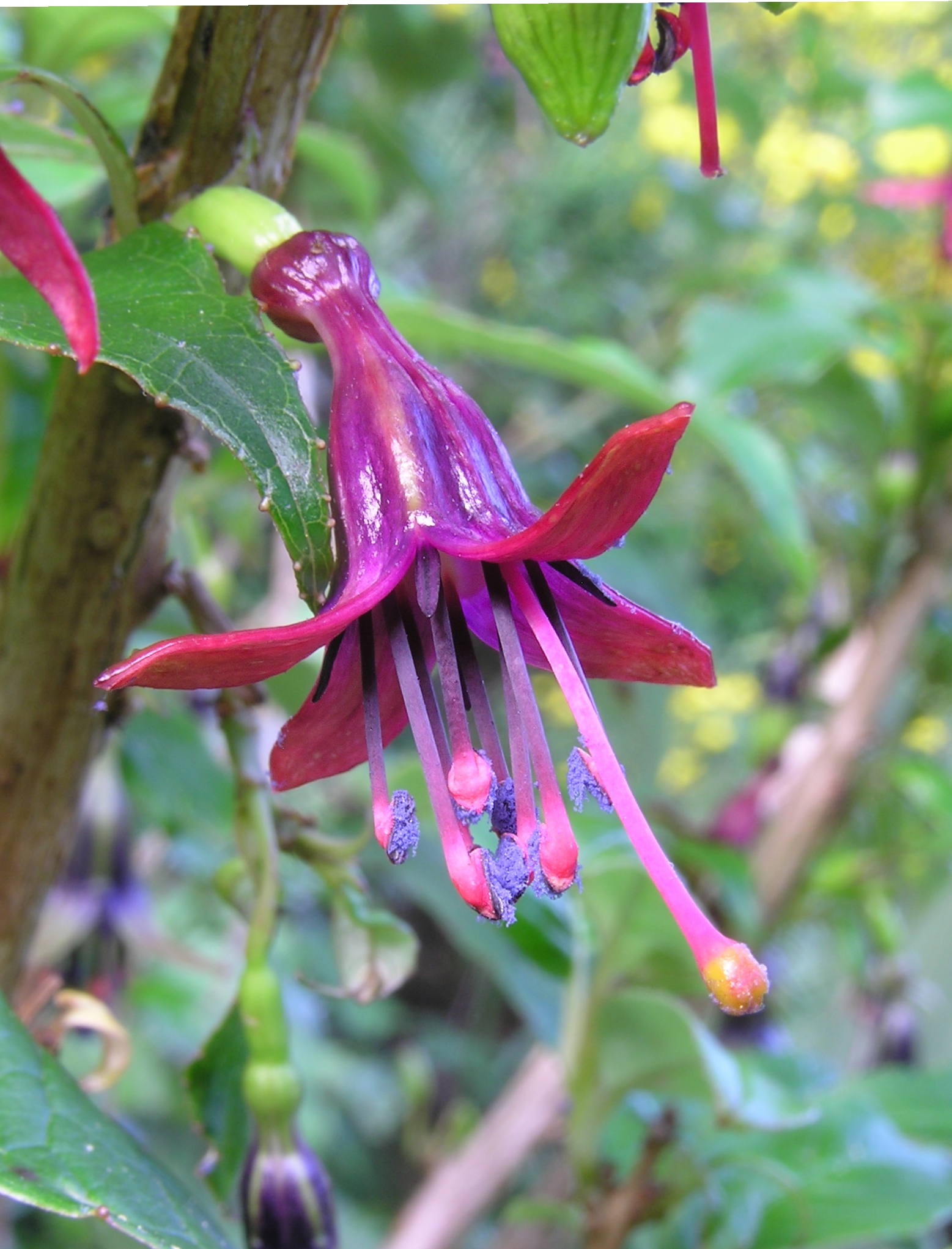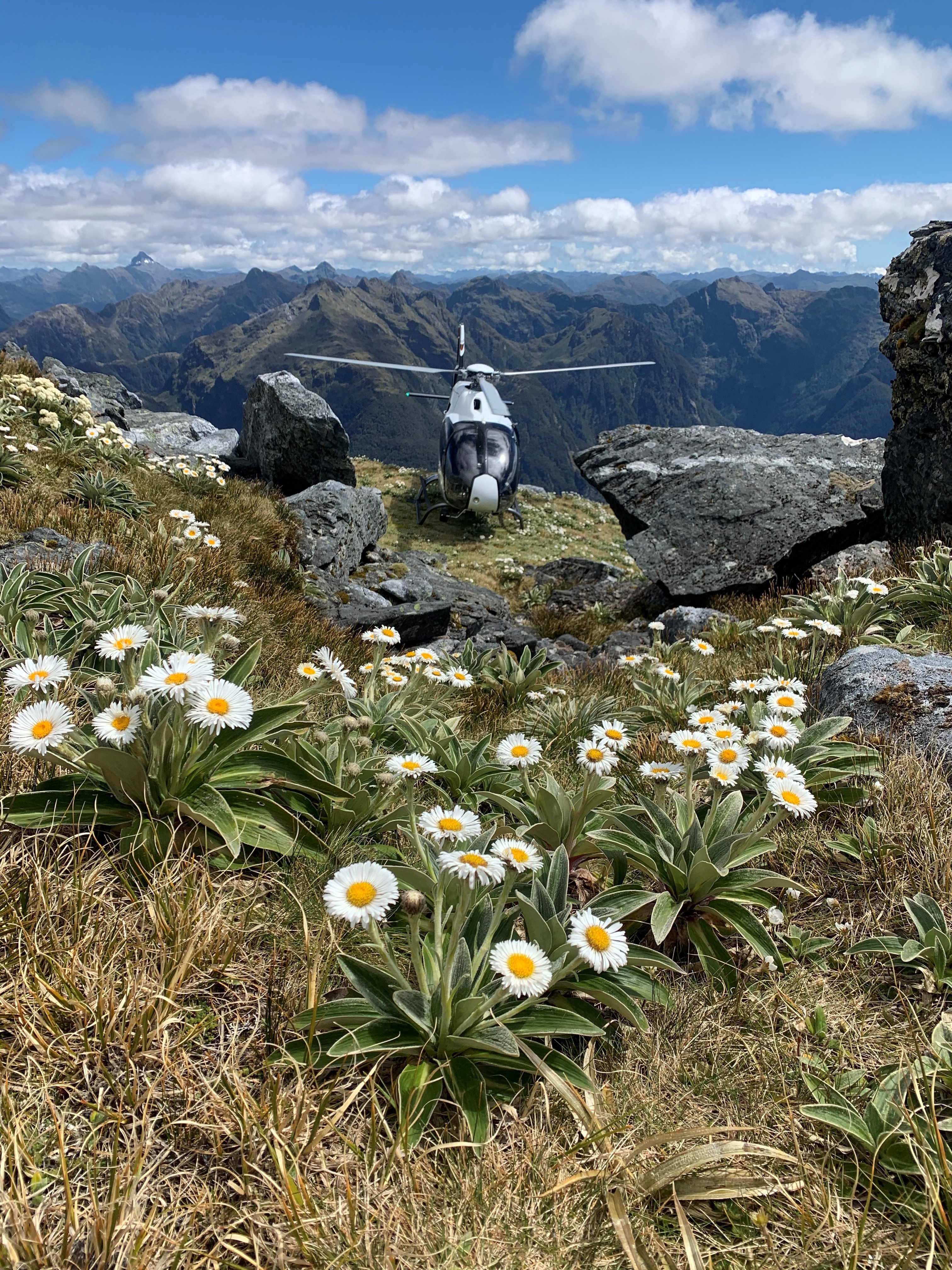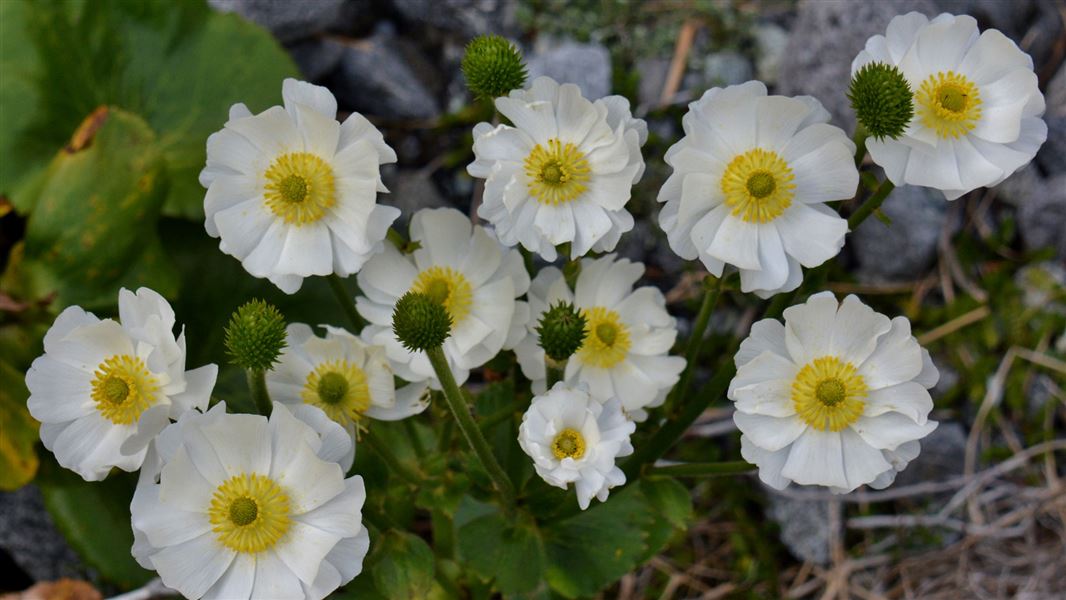9 Plants and Trees You’ll Find in Fiordland
January 27, 2021
The flora of Fiordland is a wonder. The dense rainforests are overflowing with diverse trees, shrubs, and herbs, not to mention some very weird and wonderful mosses and funguses. Whether it’s observing the plant life from above during a scenic helicopter flight or spotting them up close when walking from a landing site, we bring you 9 of the most interesting that you might find.
1. Beech, Tawhai
Many Fiordland forests are thick with beech trees – their leaves scatter the paths and stain the streams dark with tannins. Silver beech is in fact the most widespread tall tree in Fiordland, and red and mountain beech grows around the eastern lakes and Eglinton Valley. Beeches can grow more than 30 metres tall and can become quite ancient, living for more than 300 years. On the red and mountain beech trees, you might see little hairs with dew drops at the ends – this is the tiny beech scale insect. It lives on the bark of beech trees, tapping into the sap and excreting sugary liquid drops. This liquid is called honeydew and is a very important food supply for native birds, insects and geckos.
2. Snow Tussock
Snow tussocks are those beautiful blond grasses that absolutely dominate the low alpine zone once you get above the treeline. New Zealand has many native tussocks, and amongst the snow tussocks, there are many types – for example, the takahe feeds on the bases of the leaves of the broad-leaved snow tussock (haumata), the mid-ribbed snow tussock, and the curled snow tussock.
3. Tree Fuchsia, Kōtukutuku
If you spot orange coloured papery bark in the forest, it’s likely to be the tree fuschia, one of New Zealand’s few truly deciduous trees, growing up to 12 metres tall. As papery as the bark looks, early settlers called this tree the ‘bucket of water tree’ because it was so hard to burn. They did, however, love it for its berries, called konini (both Maori and Europeans loved this sweet treat). When flowering, this tree is a magnet for tui, bellbirds and silver eyes. The flowers they sip on are yellow-green, and the red flowers you might see on the ground are those that have been pollinated and are ‘spent’. The leaves of the tree fuschia are loved by the introduced possum – unfortunately, they can eat the lot and kill the tree.

Photo: Tony Wills
4. Easter Orchid, Raupeka
One of the New Zealand tree orchids, the Easter orchid is one of the most strongly perfumed flowers in New Zealand. The strong vanilla fragrance will hit you before you see the plant – the scent wafting out of the sprays of white flowers in the Easter period. This orchid is an epiphyte, so you’ll see it with its long droopy dark leaves perching up high on trees.
5. Vegetable Sheep, Tutahuna
This odd, grey-green plant is a kind of cushion plant. It looks woolly and soft but in fact it is almost hard when you touch it. Its weird look is created by compressed twigs with ‘woolly’ leaves at the ends, that withstand the drying winds. On the inside are the old dead leaves that hold water like a sponge. These plants can grow into quite large mats. There are about 20 species of vegetable sheep, and they are found only in New Zealand.
6. Mount Cook Buttercup, Korikori, Mountain Buttercup (formerly called the Mount Cook lily)
This beautiful plant with glossy leaves and white flowers is the world’s largest buttercup! It can grow over a metre tall, and the leaves can be as large as 40 centimetres across. The flowers are up to 2 inches wide, and will hold water after rain. They prefer damp areas in alpine and sub-alpine herbfields.
7. Mountain Daisy, Tikumu
Land a helicopter on any alpine grassland and you will be surrounded by these daisies with their silvered, stiff and fluffy leaves. The fluffiness was valued by early Maori, who wove the leaves into rain capes and other garments: the fluff provided a waterproofing effect.

Southern Lakes Helicopter with Mountain Daisies
8. Crown Fern, Piupiu
These ferns are ever-present in most forest understorey of Fiordland – you will see them everywhere. Sometimes, if deer have browsed all the other, more palatable species around the ferns, crown ferns will form a monoculture. While ecologically this is not the best, en-mass this monoculture can appear as if planted in a botanical garden – just gorgeous! In fact, they can be bought from garden centres if you’d like to grow a little pot plant as a Fiordland souvenir.
9. Stinkhorn Fungi, Puapua-a-atutahi
This brightly fruiting and very weird starfish-looking fungi creates a mess of spores, with a rotten scent that flies just love. The flies visit and take the spores away with them – and so the fungus spreads.
See these marvels of nature – and more – when you take a scenic flight with us through Fiordland, we look forward to having you on board!

